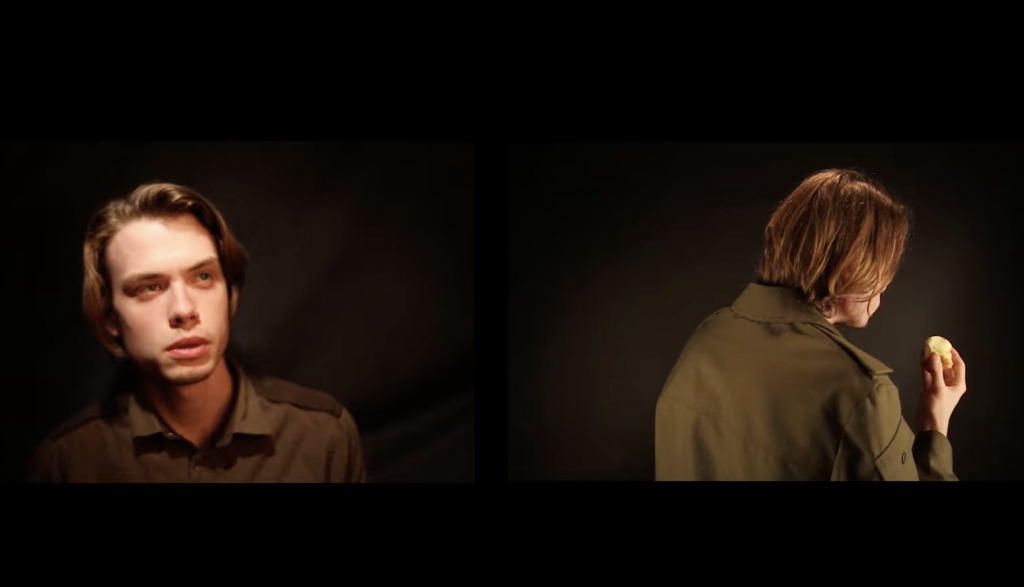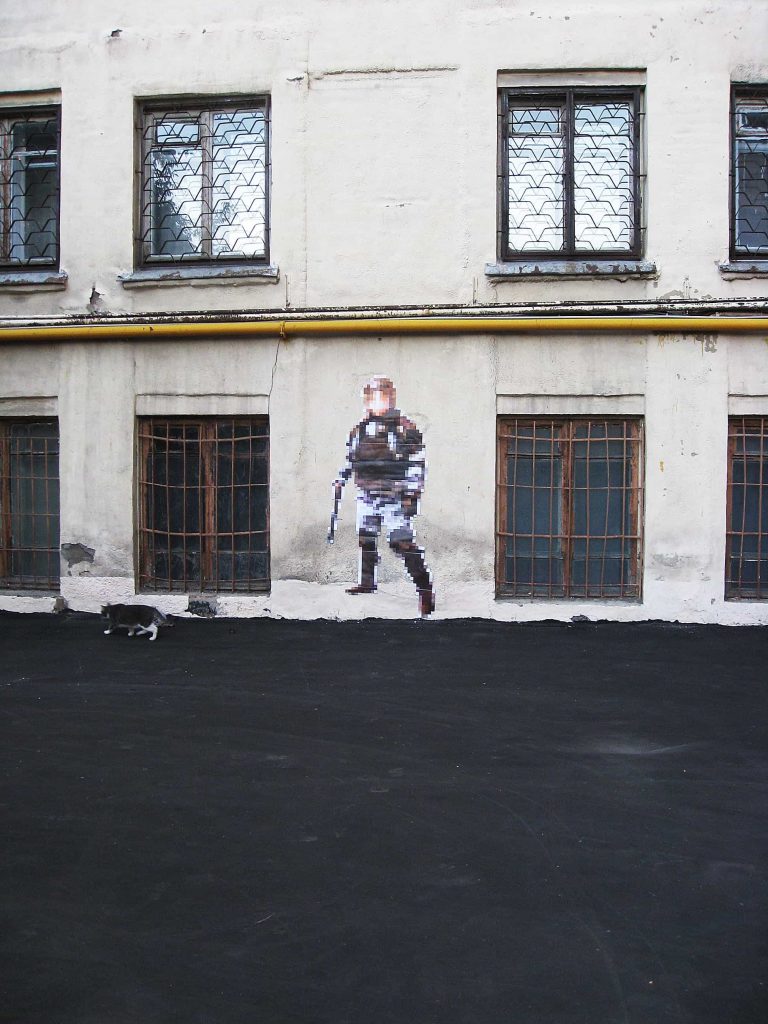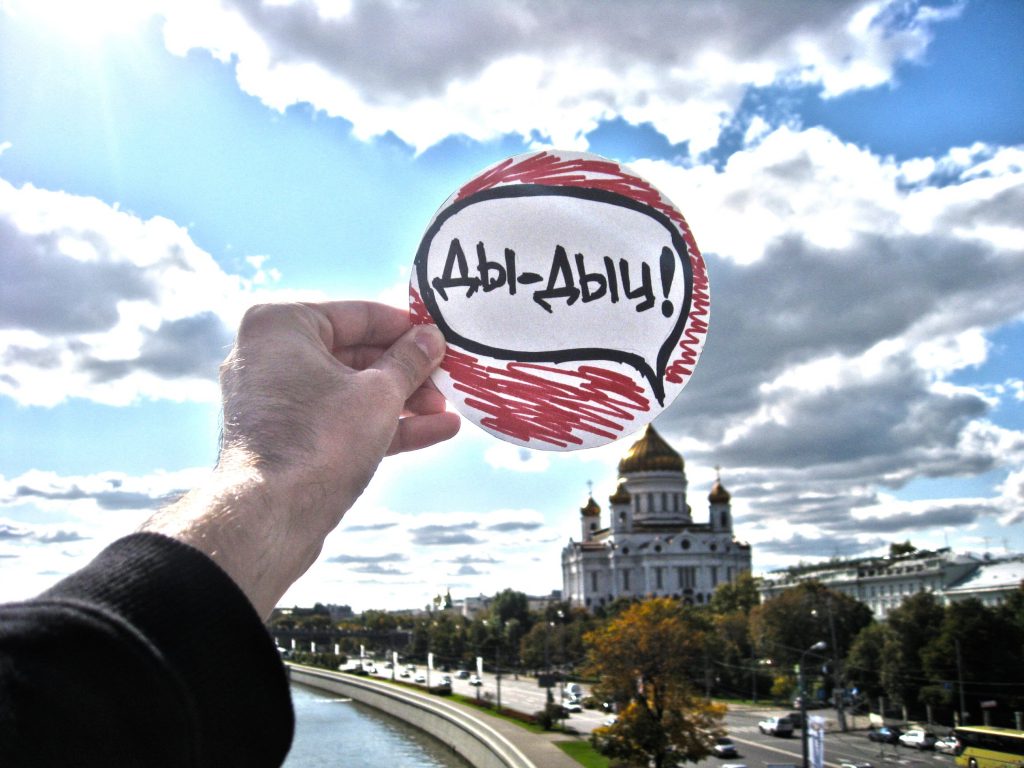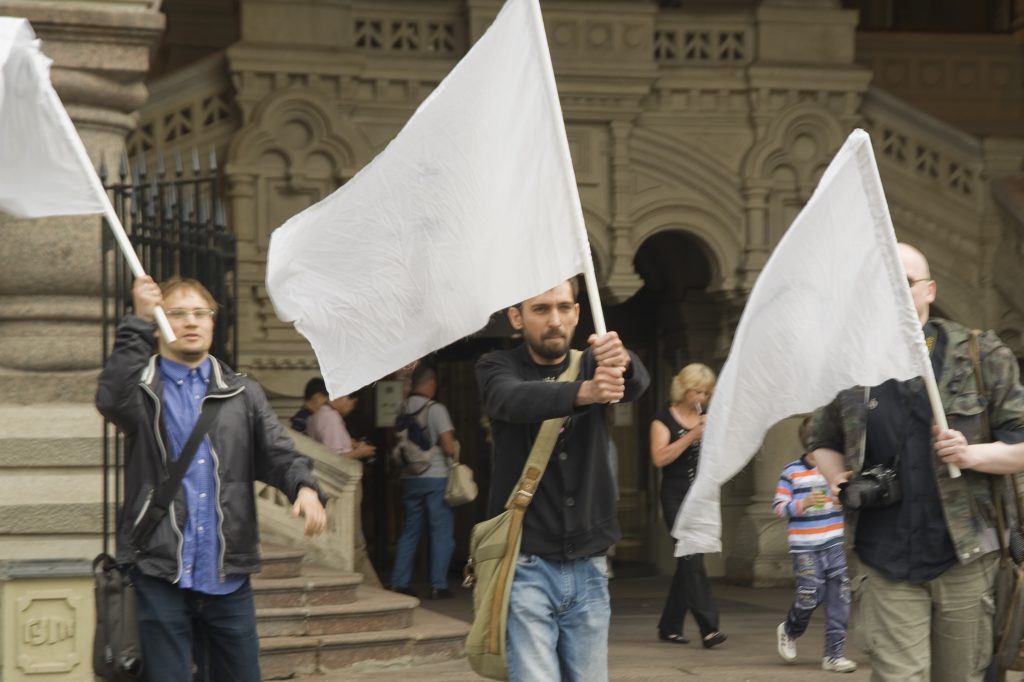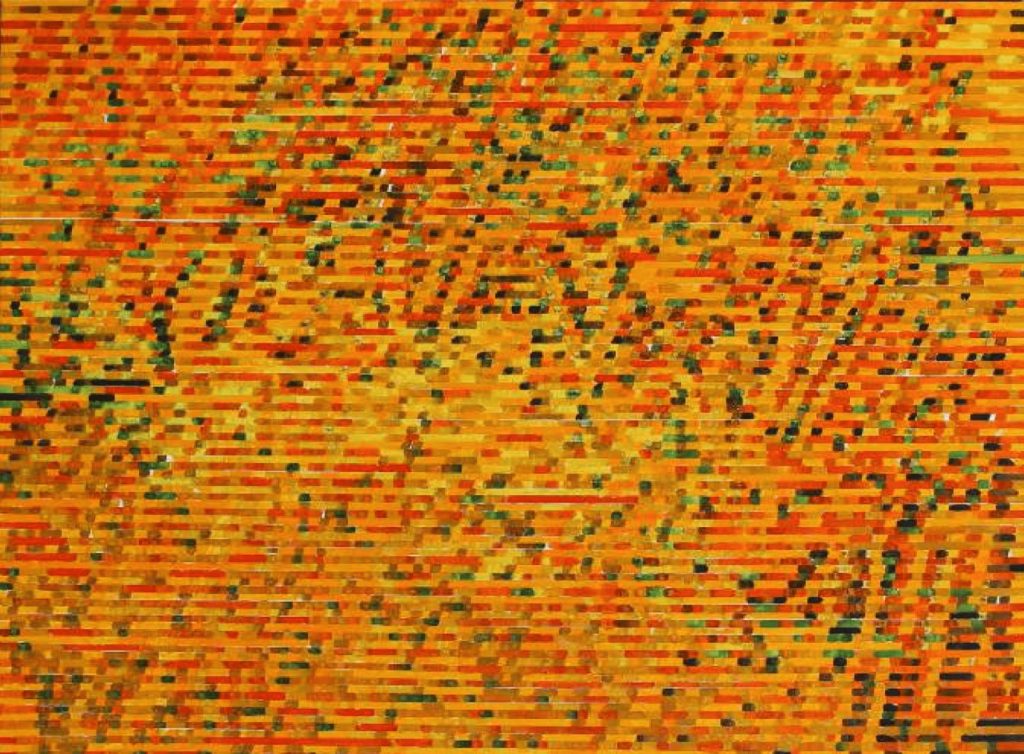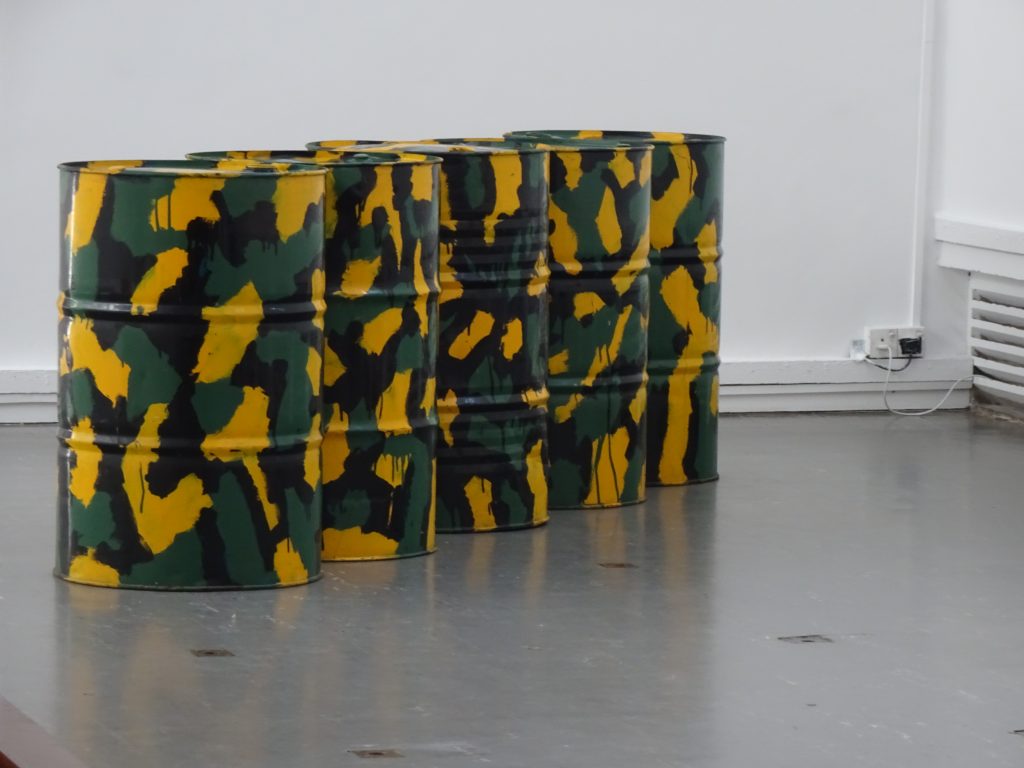Excavating the Psyche
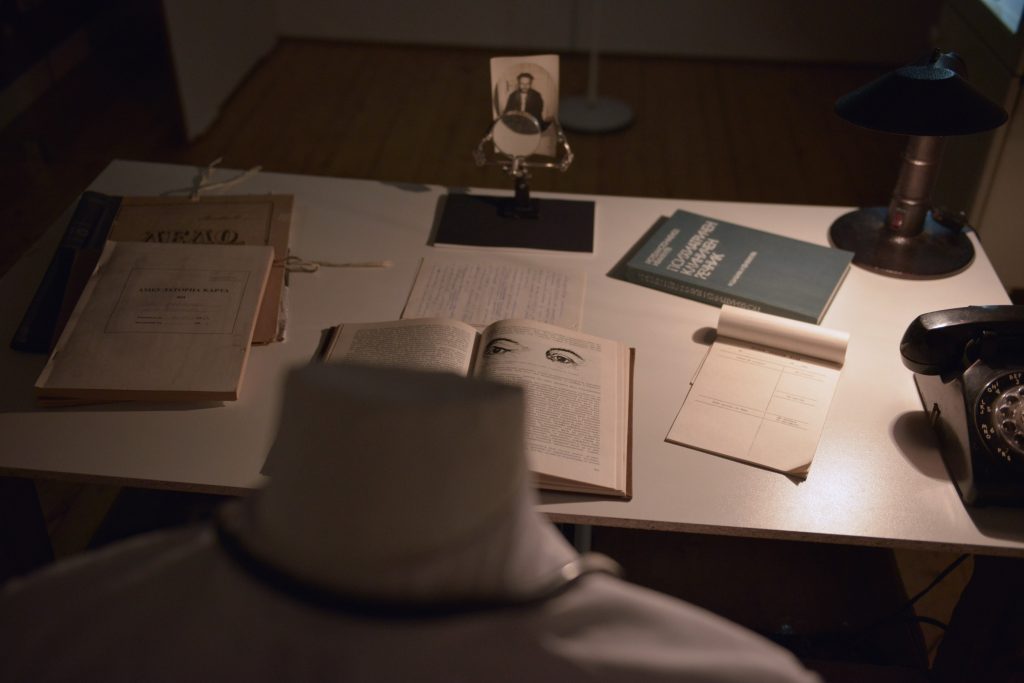

In the words of the artist :
“Excavating the Psyche (September, 2015) stages a history of psychiatry during Bulgaria’s state-socialist period. Spanning original scholarship, archival photographs and a multimedia art installation, it questions how psychological crisis was experienced in a social, cultural and political environment dominated by materialist ideologies of the body and self.
There were two approaches taken in this exhibition about the social history of psychiatry in Bulgaria. The idea was to demonstrate how at different moments in the recent past, individuals with atypical experiences were set against a differing horizon of cultural and scientific possibility for making sense of those experiences. The first approach taken up by the exhibition can be likened to material history. I assembled a chronology of texts from 1933 to 1989—showcasing how the clinical and theoretical framework within the psychiatric profession changed over the course of five significant phases that I chart out (Liberation-1944, 1944-1950, 1950-1975, 1975-1989). The idea was to show artifacts of a shifting and evolving landscape for practitioners studying mentally ill individuals, and for individuals having experiences that are documented in these clinical literatures. Also displayed by these texts were photographs from three periods of Bulgarian psychiatry: the modernization period of the early 20th century, photographs from the Karlukovo and Lovech hospitals in the 1960’s, and psychiatric portraits from the 1970’s. This portion of the exhibition strove to trace the outlines or contours of the psychiatric discipline (and in this way to help us to imagine the differing possibilities for self-understanding available to individuals in contact with psychiatric care).
The installation had a different purpose. It was a speculative reconstruction of an encounter between a psychiatrist and a patient in an outpatient clinic during the peak of the strictly biomedical Soviet model (1950’s-60’s). During the period when I first began to work out ideas for a multimedia exposition of my research, I was interested in the interpersonal interactions between practitioners and patients in a clinical setting. Specifically, I was interested in clinical knowledge as a mediation of an intersubjective experience. I often met with psychiatrists in Sofia in their offices. In one such clinical space there was an object that I eventually took notice of. It was a medicine cabinet. What is a medicine cabinet doing in a space devoted to the analysis of the human mind? I realized that I had stumbled into a clarifying concept—a literal representation, as well as a metaphor for the medicalization of psychological distress in the People’s Republic of Bulgaria. I acquired a cabinet and began to fill it with objects: instruments and apparatuses used in the field of medicine to gain empirical insights into the state of the body. Pills—Blood pressure meter—Cardiograms—Thermometer—Syringe—Needles—Testing Strips—Surgical instruments. I began to think about the clinical space that had contained and contextualized the cabinet.
In thinking of how to represent clinical dynamics, I asked Dylan Burchett, a composer, to imagine sonic equivalents of these interior and interpersonal experiences. The end result was an exciting collaboration. Over the course of 16 minutes, four significant phases of experience can be observed within the space: I. Developing the Subject, II. Trauma Emerges, III. Consultation, IV. Beyond the Session.”
Description:
The exhibition ” Excavating the Psyche” is problematising the impact and trends of ideology which were persisting in the Psychiatry in Bulgaria during the Socialistic period. The research of Julian Cheherian is presenting the new psyche paradigm predominant in ideologies and in polarizing narratives against Western therapeutic modalities and usually referred as pseudo-scientific, ‘‘bourgeois’’ or ‘‘Freudian’’ origin.
Through exhibited historical documents – medical textbooks, photographs, and archival documents, the narratives staged in the exhibition are centralized within a medicine cabinet, symbolizing the relationship of the psychiatric institution to the subject. The embodied experience of the patient, and their traumatic history, resonates in the space through a musical score by Dylan Burchett. The memory perception in the exhibition of Jullian Chehirian entails as well violent and traumatic occurrence, which according to Fuica (Tadeo Fuica, B. (2015). Memory of Postmemory? Documentaries Directed by Uruguay’s Second Generation. Memory Studies, 8(3), 298-312. ) during postmemory process are not forgotten, and are stored live in social memory of the society.

